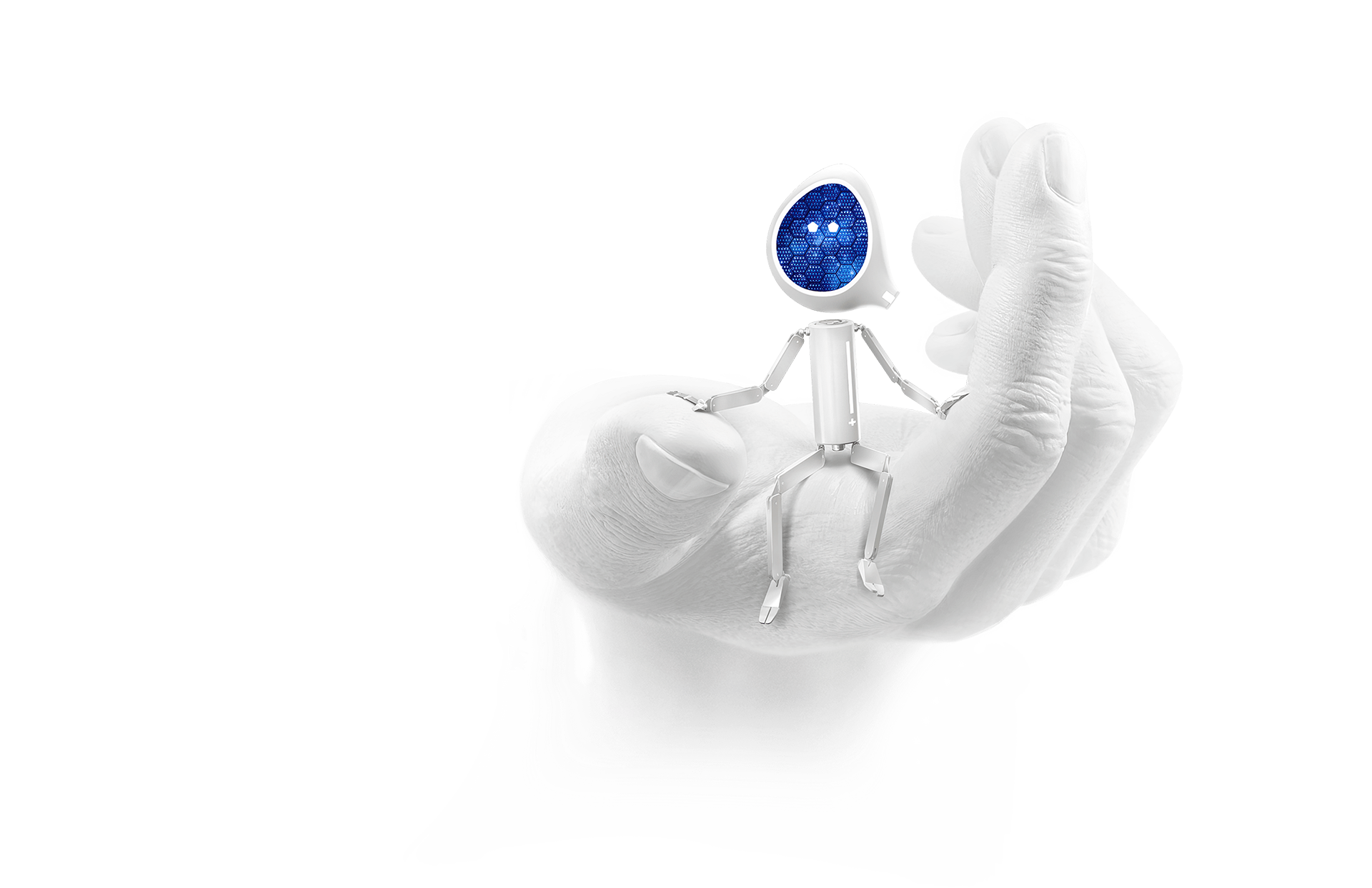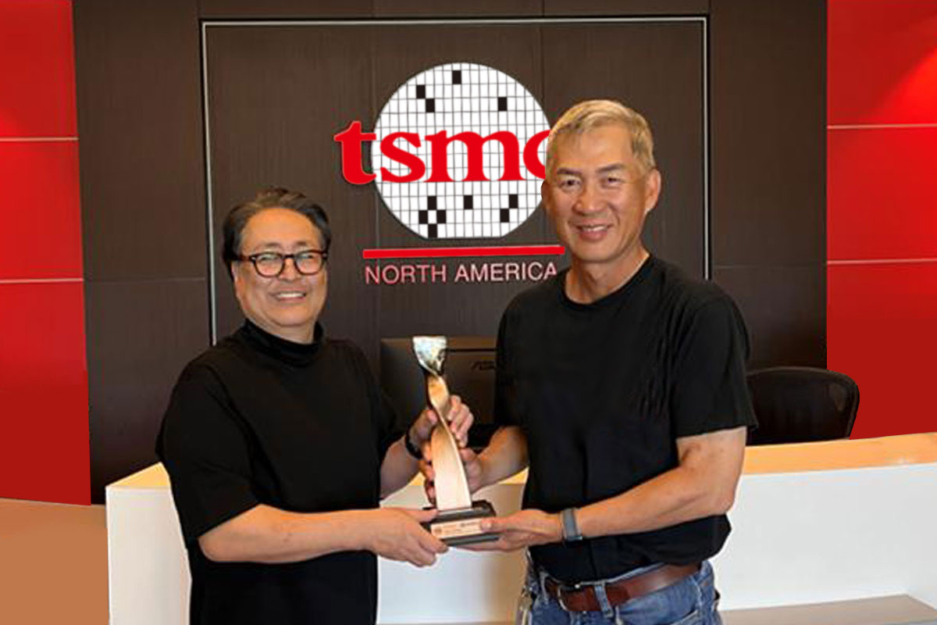ambiq careers No Further a Mystery
ambiq careers No Further a Mystery
Blog Article

Apollo4 Plus 01 Ambiq® introduces the latest addition into the Apollo4 SoC loved ones, the fourth generation of Location-enabled SoCs. Designed over a wealthy architecture, the Apollo4 Plus brings Increased graphics general performance and extra on-chip memory. Using a constructed-in graphics processing device (GPU) in addition to a significant doing display driver, Apollo4 Plus permits designers of subsequent generation wearables and clever devices to deliver even more breathtaking consumer interface (UI) effects and In general consumer knowledge within a safer environment to acquire their progressive products to the subsequent stage.
Follow your program or effortlessly move responsibilities, conferences or ambitions close to. It's a snap on the person helpful calendar interface.
In 1965, the Apollo Apps Method (AAP) was made to check into science missions which could be executed utilizing Apollo hardware. Significantly in the organizing centered on the idea of a space station. Wernher von Braun's before (1964) designs used a "damp workshop" principle, with a used S-II Saturn V second phase remaining released into orbit and outfitted in Room. The following yr AAP studied a lesser station utilizing the Saturn IB second phase. By 1969, Apollo funding cuts removed the opportunity of procuring additional Apollo hardware and forced the cancellation of some afterwards Moon landing flights.
Several significant Block II modifications were being built to CSM-017 for certification applications, since no Block II spacecraft would fly without having a crew.[26] These bundled upgrading the warmth protect to dam II expectations, utilizing a Block II CM-to-SM umbilical connector, and putting in Block II-design VHF and S-band antennae. In addition, there were modifications into the CM's hatch.[28] The reality that the spacecraft hatch could not be easily opened in the event of unexpected emergency had trapped the Apollo 1 astronauts in the hearth that took their life, and resulted in a redesign from the hatch. The brand new hatch wasn't scheduled to fly until finally the second Saturn V exam (Apollo six), but its seals have been to become flight-qualified on Apollo four – the hatch window was replaced with a exam panel simulating the seals and exterior heat shield.
The ensuing incident investigation had prevalent results. It disclosed shoddy workmanship identified flaws in administration methods, and underscored discrepancies from the spacecraft’s General layout. The review board advisable dozens of variations be produced for making the spacecraft safer going forward, indicating NASA as well as CSM contractor North American Aviation had been experiencing a considerable redesign.
They jettisoned Eagle right before they carried out the maneuvers that propelled Columbia out of the final of its 30 lunar orbits on to a trajectory back to Earth.[nine] They returned to Earth and splashed down within the Pacific Ocean on July 24 just after a lot more than eight days in space.
A lightweight informed Aldrin that not less than one of many sixty seven-inch (170 cm) probes hanging from Eagle's footpads had touched the area a couple of times ahead of the landing and he mentioned: "Call mild!" Armstrong was intended to right away shut the engine down, since the engineers suspected the tension brought on by the motor's have exhaust reflecting off the lunar surface area could help it become explode, but he forgot.
The prerequisite for that Sunshine angle was notably restrictive, restricting the launch date to at some point monthly.[83] A landing just after dawn was chosen to Restrict the temperature extremes the astronauts would working experience.
Thus, lots of the flight skills for your payload the Saturn V would have could be settled without having to expend one of several significant launch autos.[ten] Together with flight-qualifying the hardware, it had been needed to verify that the ground techniques at KSC could properly launch a Saturn V just before jeopardizing the life of astronauts on one.[11]
Reach multi-channel processing and significant-fidelity electronic audio with enhanced electronic filtering and lower electricity audio interfaces.
Proprietary audio interfaces and an extremely-reduced electric power analog microphone ADC for truly often-on voice processing. Increased electronic audio interfaces to support large fidelity, a number of channel audio processing.
With approximately 2MB of MRAM and 2.75MB of SRAM, the Apollo4 Blue Plus has much more than ample compute and storage to handle advanced algorithms and neural networks whilst exhibiting vibrant, crystal-crystal clear, and easy graphics.
The media accused Armstrong of performing exercises his commander's prerogative to exit the spacecraft first.[97] Chris Kraft disclosed in his 2001 autobiography that a meeting transpired concerning Gilruth, Slayton, Minimal, and himself to be certain Aldrin would not be the initial to wander on the Moon.
Armstrong will afterwards affirm that landing was his biggest issue, indicating “the unknowns were being rampant,” and “there have been merely a thousand factors to worry about.”
Get Smart. Use Less Energy.
Ultra-low power SoCs for IoT endpoint devices
that demand complex operations
and longer battery life.
✍ Ambiq® is committed to further improve the quality of life by enabling the intelligence of endpoints while further reducing carbon footprints. Ambiq – your partner in endpoint intelligence.
✯✯✯Based in Austin, San Jose, Hsinchu, Shenzhen, and Shanghai, our leadership and management teams consist of advocates, builders, enthusiasts, entrepreneurs, explorers, incubators, inventors, pioneers, protectors, thinkers, and visionaries. With a diverse spectrum of experiences and skillset, we came together and united with one goal to enable the true Internet of Things where the battery-powered Blue iq endpoint devices can truly be connected intuitively and intelligently 24/7.
Ambiq Wins the Demo of the Year Award at 2023 TSMC Technology Symposium
September 7, 2023, Austin, TX – Ambiq®, a leading developer of ultra-low-power semiconductor solutions that deliver a multifold increase in energy efficiency, was awarded the Demo of the Year Award by TSMC as a participant of the Innovation Zone at the 2023 TSMC North America Technology Symposium.
Ambiq Wins the Demo of the Year Award at 2023 TSMC Technology Symposium
During the April event, Ambiq showcased various product design wins using TSMC’s 22nm technology in wearables, digital health, smart home, Industrial IoT, pet trackers, and retail segments, with industry-leading energy efficiency. Ambiq also featured two live demos emphasizing its leadership in enabling endpoint AI with its HeartKit™ for remote patient monitoring and its graphics display capabilities for a vivid user interface. 
TSMC pioneered the pure-play semiconductor foundry business model when it was founded in 1987, helping startup companies accelerate their innovations by providing access to the industry’s leading process technologies and manufacturing capacity. Since 2021, TSMC has expanded that mission with an Innovation Zone at its worldwide Technology Symposiums, highlighting how TSMC partners with startup companies to enable cutting-edge products from various applications, Wearable technology including high-performance computing, communication, automotive, IoT, and consumer segments.
“We’re grateful to TSMC and our booth visitors for allowing us to share our energy-efficient technology and processor solutions with them,” said Ambiq’s CEO, Fumihide Esaka. “We’re moving towards an exciting frontier of AI becoming more engrained with our daily lives. With that vision on the horizon, we will continue to develop innovative and first-of-its-kind ultra-low-powered solutions that keep innovation and sustainability in mind. 
Ambiq’s mission is to develop the lowest-power semiconductor solutions to enable intelligent devices everywhere by developing the lowest-power semiconductor solutions to drive a more energy-efficient, sustainable, and data-driven world. Ambiq has helped leading manufacturers worldwide develop products that last weeks on a single charge (rather than days), while delivering a maximum feature set in compact industrial designs. Ambiq’s goal is to take Artificial Intelligence (AI) where it has never gone before in mobile and portable devices, using Ambiq’s advanced ultra-low power system on chip (SoC) solutions. Ambiq has shipped more than 200 million units as of March 2023.
Ambiq Designs Low-Power for Next Gen Endpoint Devices
Ambiq’s VP of Architecture and Product Planning, Dan Cermak, joins the ipXchange team at CES to discuss how manufacturers can improve their products with ultra-low power. As technology becomes more sophisticated, energy consumption continues to grow. Here Dan outlines how Ambiq stays ahead of the curve by planning for energy requirements 5 years in advance.
Ambiq Highlights From Embedded World 2024
Facebook | Linkedin | Twitter | YouTube